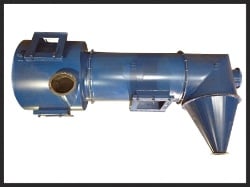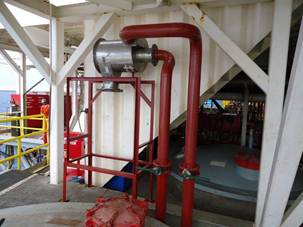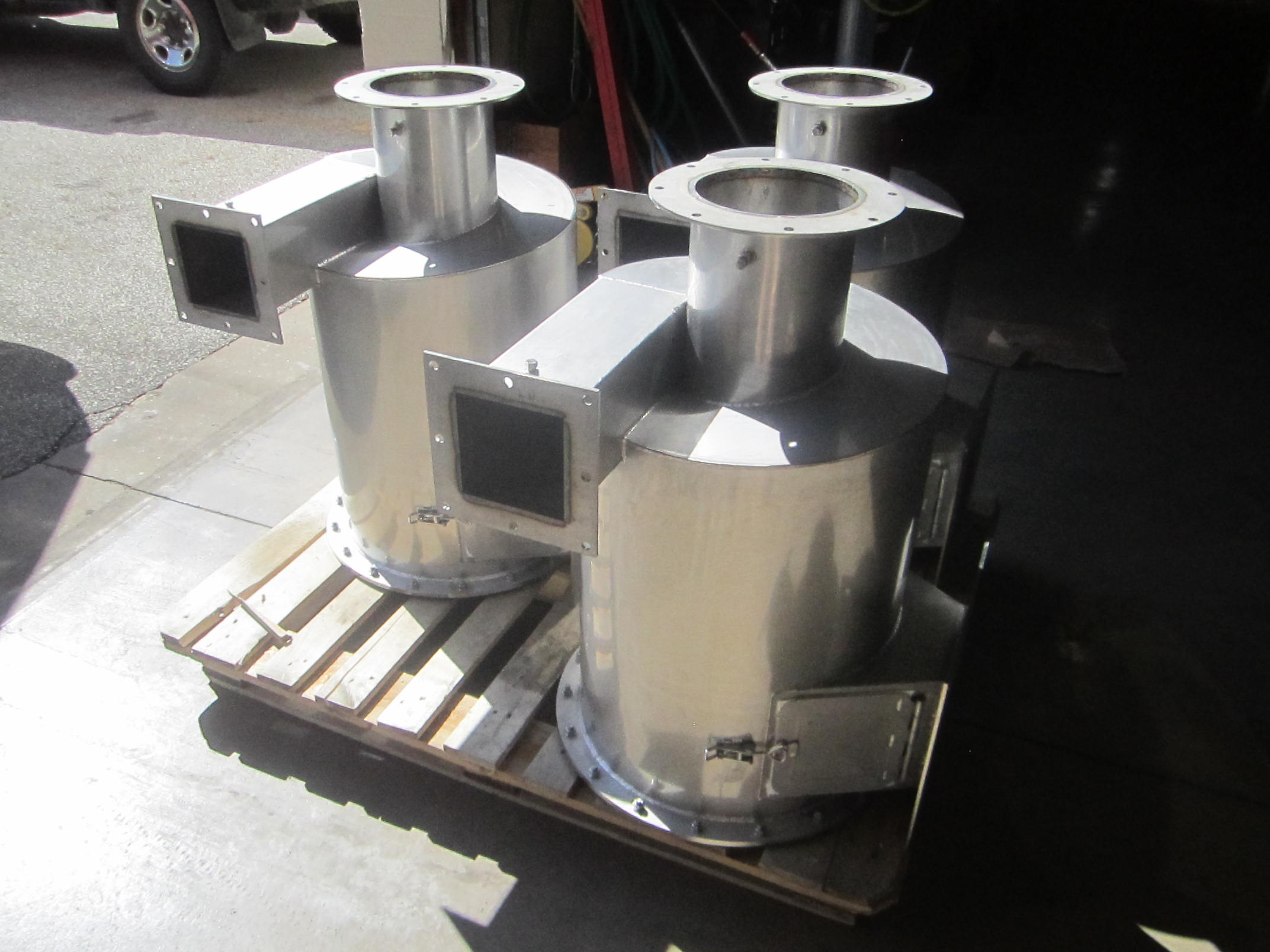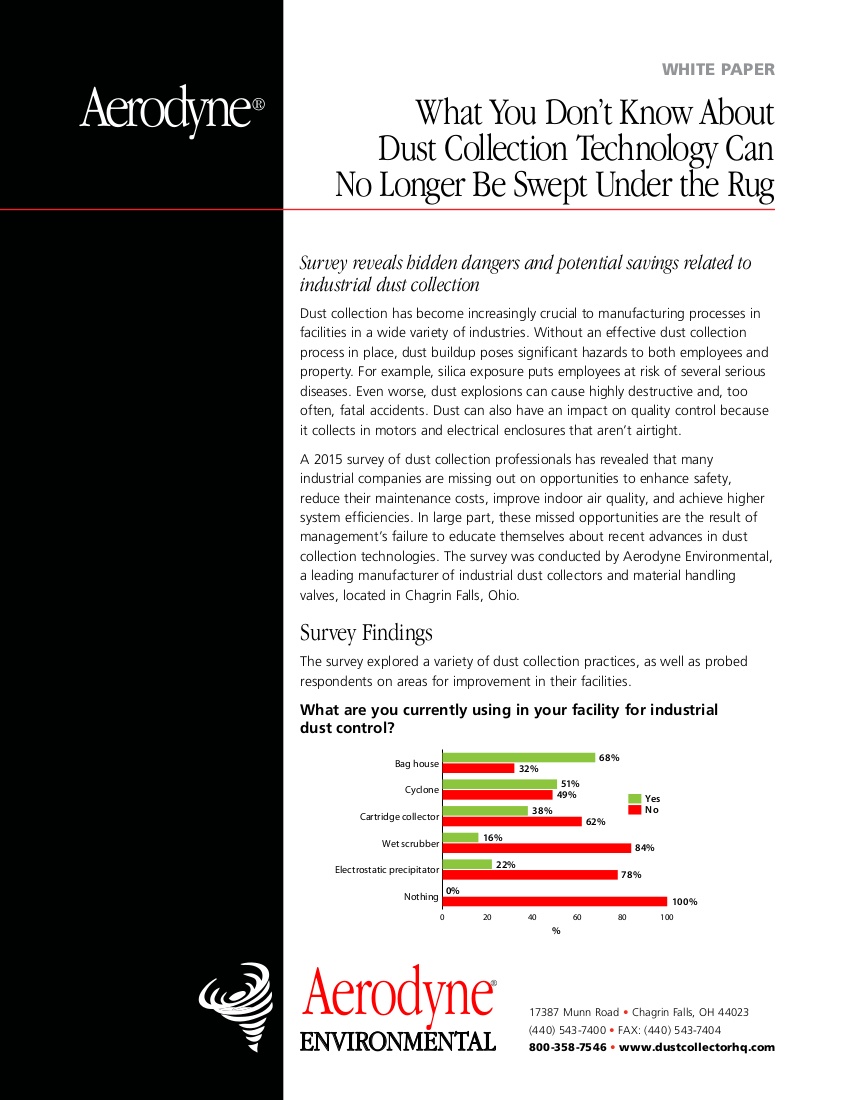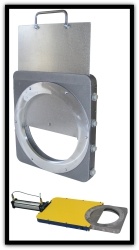The pharmaceutical industry has unique requirements that normal industrial applications do not have. Whether it’s the strict FDA rules or the flexibility of batch production, normal industrial practices and equipment don’t always apply. Even with continuous production becoming more popular, pharmaceutical applications are different than standard industrial applications.
Tom Hobson
Recent Posts
Pharmaceutical Industry: What’s Aerodyne GPC Cyclone got to do with it?
Topics: cyclone, dust, gpc, pharmaceutical
Vacu-Valve on a 30-day trial? Are you kidding? Try it NOW…
The Vacu-Valve is a low cost alternative to a rotary valve. There are no motors, pneumatics, or moving parts as it operates by using the system vacuum above to seal the sleeve. This is typically from a cyclone, baghouse, or cartridge collector. Since the sleeve is split, gravity will slowly pull the solids down through the sleeve until they exit the sleeve and fall into the collection hopper. As you can see from the description, not all solids will easily pass through this. The ideal particulate would be sand. It’s small, spherical shape and the density allows it to easily pass through the valve. It doesn’t bridge easily.
Topics: cyclone, dust, dust collector, baghouse, cartridge, airflow
How can cyclones help you comply with OSHA Silica Rule?
How does the OSHA silica rule affect me?
Topics: cyclone, OSHA, silica dust, silica, gpc
Space is an ever-present factor in the design of a ventilation system. Ductwork takes up space, dust collectors often must be placed outside under NFPA regulations, and said collectors often require a skid. Aerodyne’s GPC cyclone offers a viable alternative to space-hogging equipment in many applications.
Topics: cyclone, dust collector, space, gpc
Topics: regulations, dust collector, guide, airflow
Choosing a Collector: When to Use a Baghouse, Cartridge Collector, a Cyclone or a Wet Scrubber
Choosing the right dust collection solution requires careful evaluation of the specific application.
Topics: cyclone, dust, dust collector, baghouse, cartridge, wet scrubber
Choosing a Collector: When to Use a Baghouse, Cartridge Collector, a Cyclone or a Wet Scrubber
Choosing the right dust collection solution requires careful evaluation of the specific application.
Topics: cyclone, dust, dust collector, guide, baghouse, cartridge, wet scrubber
OSHA attributes a good amount of illnesses and deaths to exposure to silica dust, having been proven to carcinogenic and a cause of untreatable silicosis, which creates a distinct lesion in the lungs. OSHA also hasn’t updated its laws regarding silica exposure since 1971. As such, OSHA plans to do something about it.
Topics: regulations, dust, OSHA, silica dust, dust collector, silica
A recent survey of dust collector users, performed by Aerodyne in 2015, found that the majority of all dust collectors in use are over seven years old, with 45% of all units being over 10 years old.. This finding begs the question: why use these purchases for so long? A few reasons spring to mind.
Topics: survey, dust, dust collector, statistics
Washdown Pneumatic Knife Gate Saves Food Company Dough
Topics: knife gate valve, material handling valves





